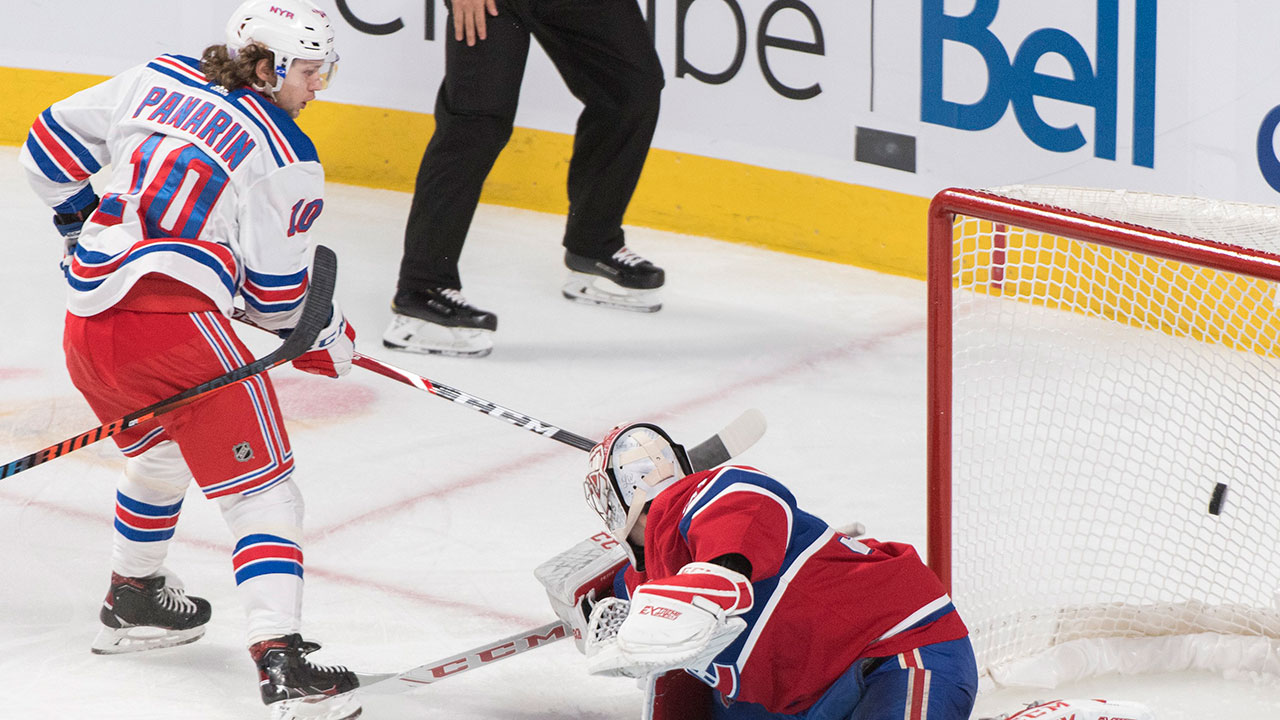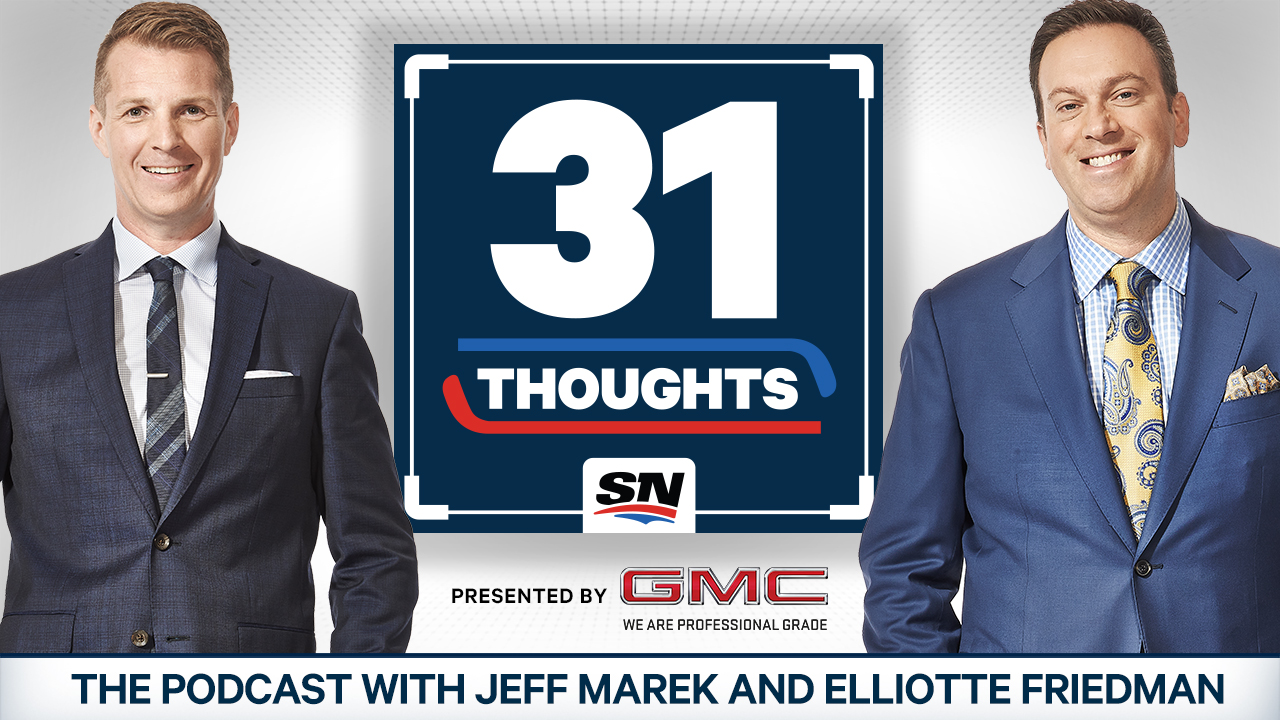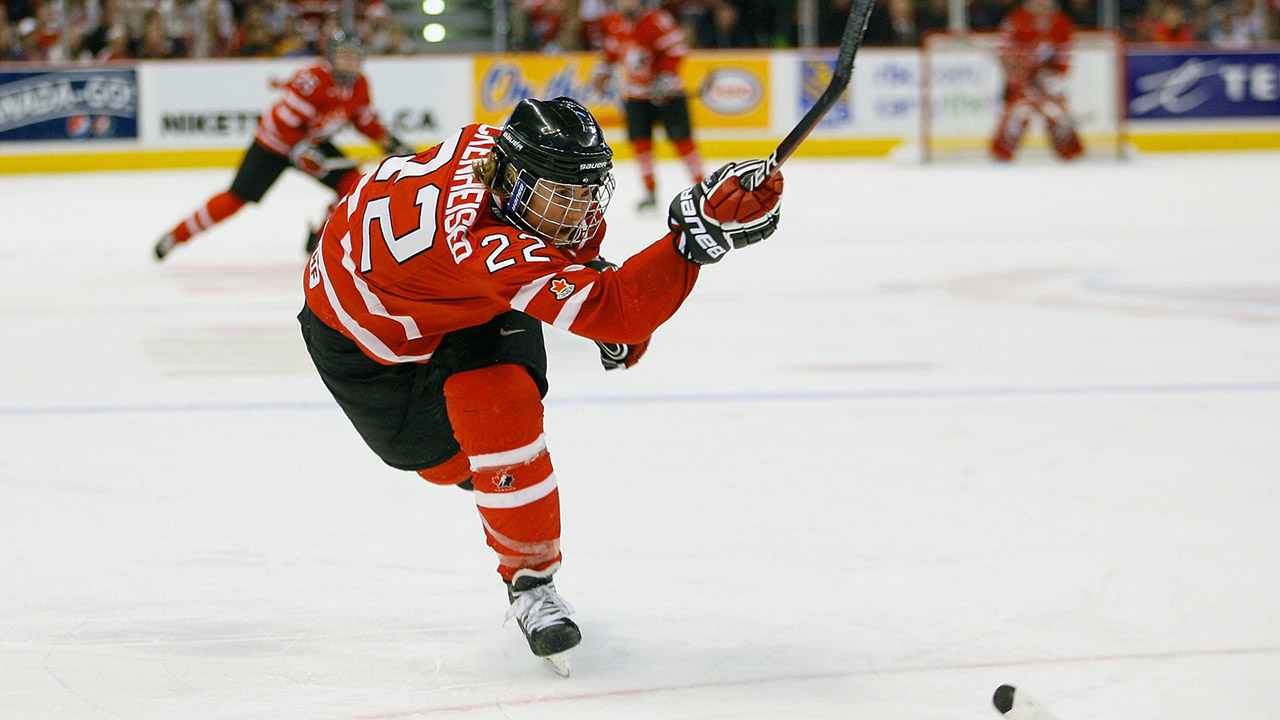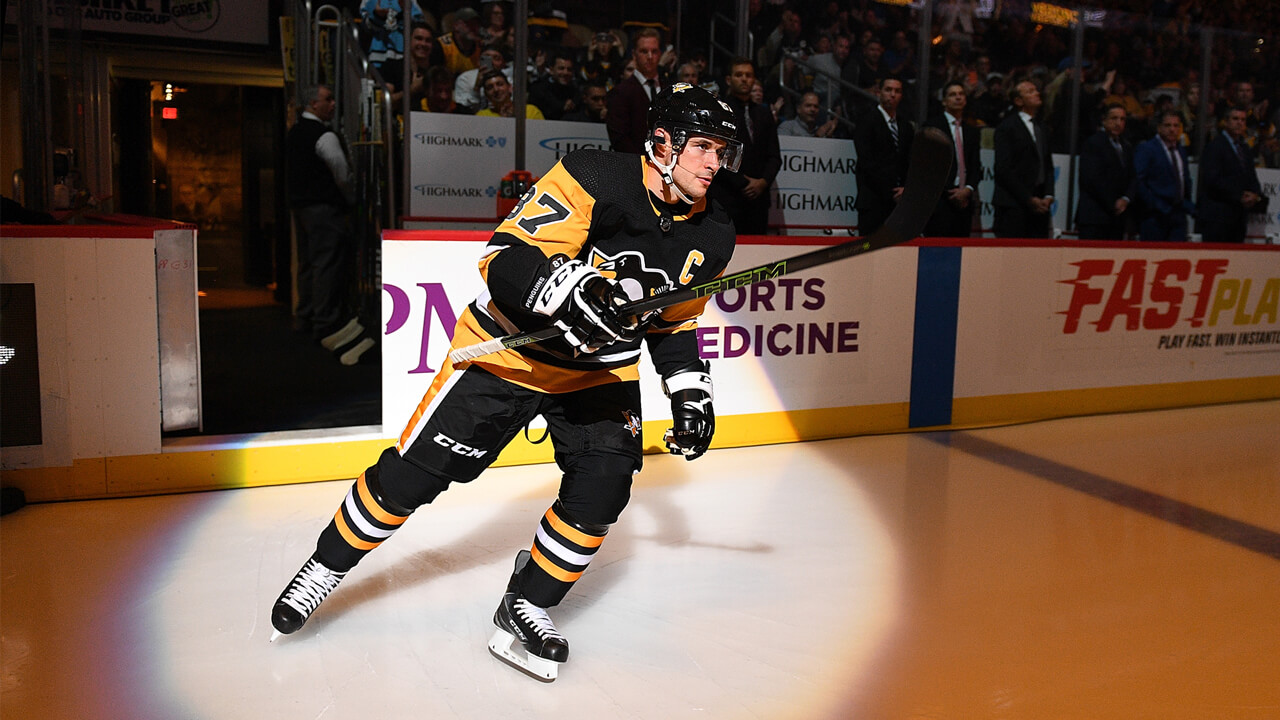A couple of hours before ticketholders start to file into TD Garden for Game 1 of the 2019 Stanley Cup Final, Bruce Bennett is setting up remote cameras at both ends of the rink. It’s a chore that he’ll have to do only six more times this spring and, as always, an opportunity to get his game face on. He quietly keeps tabs on the comings, doings and goings of Getty Images assistants as he works. Items on a checklist he has written down, items on another list that’s committed to memory. “He’s incredibly meticulous in his preparation, extremely organized, to the point of obsession,” Getty photographer Harry How says. “He actually brings a schematic to every game. He’s prepared for anything. There’s no over-preparing for him. One time a puck shattered his 70-200mm zoom lens and he got a backup out of his equipment bag. He’d be the only one carrying that big backup lens because, maybe, once in 1,000 games you need one. Maybe once in 5,000.”
As Getty’s director of hockey photography, Bennett is a player, coach and GM in one. Some staffers talk about him being “the captain” and others “the puppet master.” By the time the arena doors open, he’s back in the media room. First, he goes through the lineups and line combinations. “He studies the tendencies for all the players around the league, where they go, what they do, so he knows when to look for them,” says Al Bello, a veteran Getty shooter. Then he checks in with Getty’s editor, who will sort through hundreds, even thousands, of images filed by Bennett and the staffers while the Boston Bruins and St. Louis Blues let it all hang out on the business side of the plexiglass. The goal for the finalists is the same for Bennett and his crew: No glitches in the last minute. There are a few kids on the ice getting their first taste of pressure in the crucible, but everyone wearing a photo pass in Bennett’s charge knows his or her job. This is the company’s A team.
A layman would tend to assume a photographer would roll out all the available tech for the Final in search of the perfect shot when the stakes are highest. Bennett, though, believes that, in the simplest terms, tech makes for prettier pictures but can also be an encumbrance. “During the season, I like to set up strobes so that the photos are exposed right,” he says. “During the Final, I go with available light because it’s all about the moment.”
Another counterintuitive point: You’d imagine that the end of the last game would be the long-awaited juncture when the pressure is finally off, but in fact the opposite is true. The tensest minutes for Bennett and his team are those when the celebration starts in earnest: the mob scene; the handshake line; the presentation of the Cup; the Conn Smythe being awarded; the laps with the trophy aloft; families spilling onto the ice. For all the furious action through the season and playoffs, nothing matches the high-stakes minutes of bedlam incited by a new champion.
There’s only so much that can be done to prepare for it, no knowing how it will play out and the ever-present danger of a season’s work building up to disappointment. Bennett is the voice of experience among photographers working the Final. This game at TD Garden kicks off his 39th Stanley Cup. “I’ve missed a few since I started out in ’74, but the last one I didn’t shoot was New Jersey and Dallas back in 2000.”
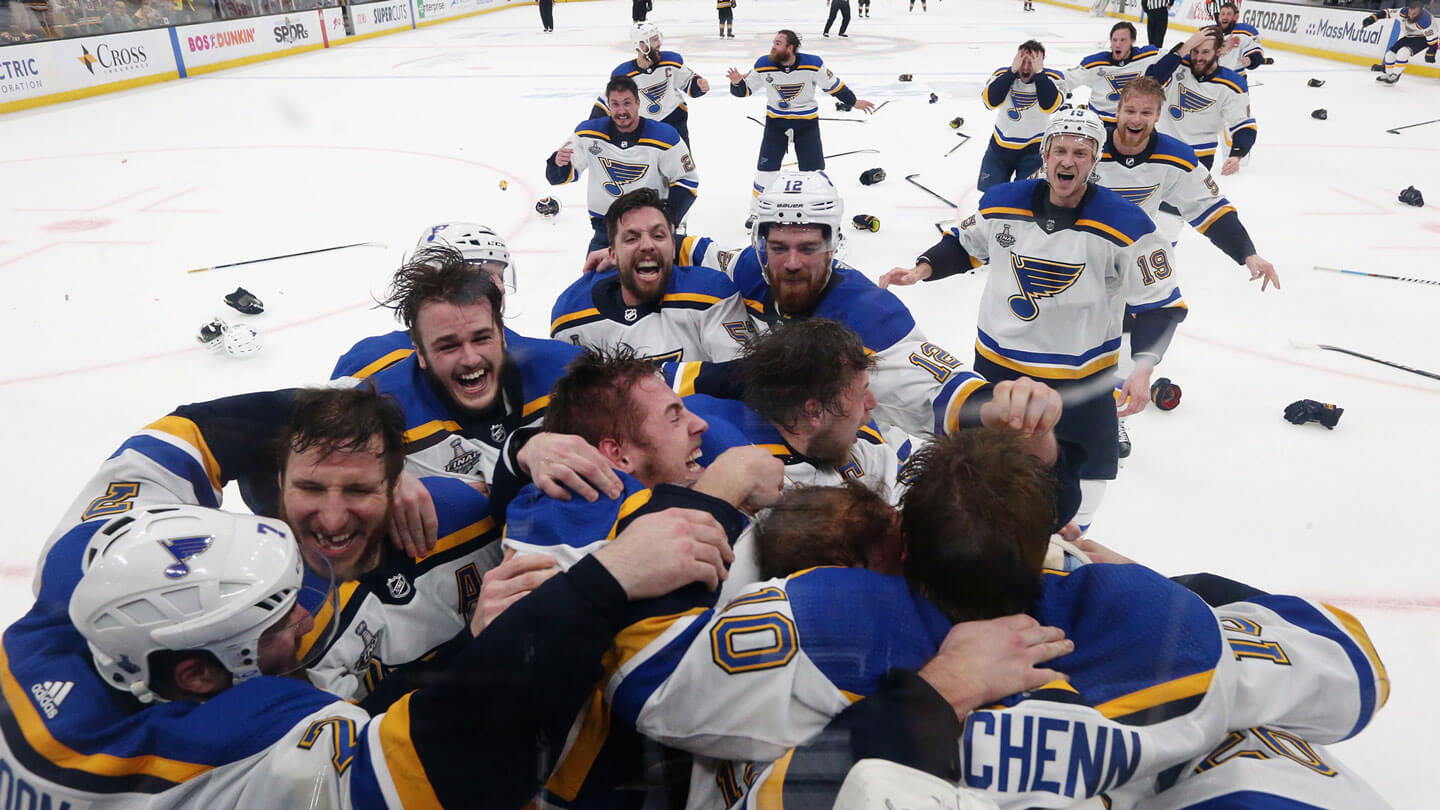
If you’re a fan of the game, you already know that the Hockey Hall of Fame greeted new members last week. The induction night was a great big deal with much ceremony, the raising of plaques honouring players from the NHL, international and women’s ranks as well as builders, those who contributed to the game as coaches and executives. Recognitions for those in the media ranks are not quite as high-profile as those for those famous names: the Foster Hewitt Award for career achievement in broadcasting, which this year went to Sportsnet’s Jim Hughson; and the Elmer Ferguson Award for the printed word, which went to Frank Brown out of New York. If those on the selection committee in attendance at the induction were weighing who should be next in line for tribute, they needed only to look as far the edge of the red carpet, to the guy crouching and squinting through his viewfinder.
Bruce Bennett — no missing him with the moustache and a head of hair that could pass for an oversized Brillo pad — has worked in NHL arenas for 45 seasons and, oh, 6,000 regular-season and playoff games and counting. (Yes, a back-up 70-200mm lens was probably overdue to be pulled out of his bag.) And really, that staggering number is only the start of his career log. It doesn’t factor Olympic and international play, and on any given night he’s the only one in an arena of any job description who worked WHA games.
Says Al Bello, whose work in other sports for Getty has won many awards: “It’s remarkable how Bruce has worked for so long and consistently produced great images over all those years. Hockey is so hard to shoot — things happen fast and you’re almost always crouched and crowded and shooting through a hole in the plexiglass. And it’s not just a physical grind but really dangerous — I don’t do a lot of hockey but I’ve been hit by a puck and got stitches for a cut around the eye. You’re pretty much defenceless. Still, Bruce just doesn’t show any signs of slowing down. He’s still the best out there.”
Bennett doesn’t take his absence from the Hall personally, not in the least. Fact is, unless you count Doug Gilmour’s family pictures or the Instagram accounts of other former NHL legends, no photographer has been honoured by the Hockey Hall of Fame, possibly because lens-persons are too busy framing and banging out images to protest the oversight.
You could make a compelling argument that photographers have made at least an equal contribution to the game as those who have sat behind a typewriter, computer or mic. And consider when next you pass through the Hockey Hall of Fame: If Bruce Bennett, his peers and the estates of photographers of yore were to pull their work out of the displays, you’d be left with a collection of old sticks, Sharpie-marked pucks and moth-eaten sweaters — not a shrine so much as a lawn sale.
Elmer Ferguson is known, if at all, as the name on the award the Hall gives to recognize writers, but no one remembers a line he wrote for the Montreal Star or Montreal Herald — in fact, few remember those papers at all, nor those of contemporaries whose columns persist only in fading microfiche. What is etched in our memories, however, are the images of the game’s icons and watershed moments. And maybe it’s because those images still seem so very alive decades later that most of us don’t think for a 16th of a second about the people who froze them for preservation. If you’re looking at photos of landmark moments in the modern history of the game, then look in the margins, usually bottom right, and if they’re properly credited one shooter’s name will keep popping up.

Bruce Bennett will gladly talk shop, but he looks at his career as something more seen than told. And if the old adage about a photo being worth 1,000 words holds true, then do the math on hundreds of images every working night of his life and it becomes clear that “seen” is the only way to take it all in. Still, a narrative arc helps track his immense body of work. And while covering an event like the Stanley Cup Final is the product of planning and a routine that has evolved over years, his start in the business seems almost haphazard.
At the urging of his father, a textile exec in New York, Bennett put in four years earning an accounting degree at the C.W. Post Campus of Long Island University. Back then, the NHL’s Islanders still had that new-franchise smell, but a sports fan on Long Island didn’t have much of a choice when it came to rooting for a home team — all others demanded trips to Manhattan or Queens or the Bronx or New Jersey. And, besides that, Bennett had an affinity for the game having played a lot of street and roller hockey after school in his suburban neighbourhood.
“Before I was a photographer, I was a fan,” Bennett says. And it was in that capacity in ’74 that Bennett, a college sophomore, first took a camera to Nassau Coliseum: a 35mm Yashica with a fixed lens, a decent starter but a long way from the Nikon hardware the pros were using. Back in the early- and mid-’70s, city newspapers prioritized the established and storied franchises and thus, the Yankees, Knicks and Rangers played in front of a large crew of experienced shooters. The struggling Islanders were more of a novelty item and probably more of an afterthought. As such, they were also an opportunity for a young photographer — even if he had to work from a seat in the stands rather than a spot along the boards.
Jeff Marek and Elliotte Friedman talk to a lot of people around the hockey world, and then they tell listeners all about what they’ve heard and what they think about it.
Bennett’s first break, humble as it seems now, came when he snail-mailed photos of the Islanders on spec to Ken McKenzie, co-founder of The Hockey News. The stars aligned for Bennett because the weekly didn’t have a regular shooter on Long Island. McKenzie bought a photo for what would become Bennett’s standard rate in his rookie season: three bucks, not really enough to give up his amateur status. McKenzie sweetened the offer with the promise to set up Bennett with a press pass to Islanders home games. “I wasn’t thinking of any kind of income at the time or certainly not any kind of career,” Bennett says. “I just was a hockey fan and this was a way to get into some games for free and even sit in the front row. At Madison Square Garden, I might get a press pass. But if I didn’t, I paid for a ticket, went down to ice level during the warm-ups and then shot from the blue seats during games. Then I started to go down to Philly for Flyers games. It just kind of blossomed from there.”
As a fan interested in sports photography, Bennett came along in what was a golden era. Sports Illustrated’s staff was like the ’27 Yankees, a Murderers’ Row wielding telephoto lenses instead of Louisville Sluggers. The roles of Ruth and Gehrig were filled by Walter Iooss and Neil Leifer, but really, SI had Hall of Famers up and down the lineup. Bennett studied the work of the magazine’s famous names but also veterans respected in the trade but not so well known outside it, like Melchior DiGiacomo, who had worked the Soviet-Canada series in ’72. “I’m still in touch with Mel and I’m grateful for all the help he and the others gave me,” Bennett says. “You’re fooling yourself if you think you [can learn technique] from what you read in textbooks. It’s different when you see someone’s work and then ask them, ‘How did you get that shot?’ I wasn’t shy about asking.”
One Montreal-based photographer Bennett befriended remains a source of wonder: the late Denis Brodeur, a former Canadian Olympic goaltender and father of Hockey Hall of Famer Martin Brodeur. “Denis was an incredible talent, one of the all-time greats,” Bennett says. “Back in the day of film and before motor-drives, you had to advance the roll and focus with every shot. Now you can go in and just spray, getting 12 frames a second. At a game when Denis was working, though, you might get 36 shots. And after, every one of Denis’s shots was a killer. He had such a great anticipation of the game. That’s something you can work towards but never really match.”
After Denis Brodeur’s passing in 2013 and Martin’s retirement, the New Jersey Devils paid homage to Bennett’s friend and mentor by backing an extracurricular photo program through Henry Snyder High School in Jersey City. Thus, when work and travel permits, Bennett advises teenagers as a volunteer in the Denis Brodeur Sports Photography program. “I try to be supportive of any young person with an interest in sports photography, just like others helped me when I started out,” Bennett says. “It’s a way I can give back.”
Even before Bennett entered a classroom, others went to school on his work. Says Harry How: “Growing up, I looked at BBS [the acronym for Bruce Bennett Studios] and made notes in the margins of magazines … what lens he used to get this, how he framed it, what makes this photo work. Anyone who got into hockey photography in the last 20 or even 30 years knew Bruce’s stuff — it was everywhere and what you wanted to work towards.”
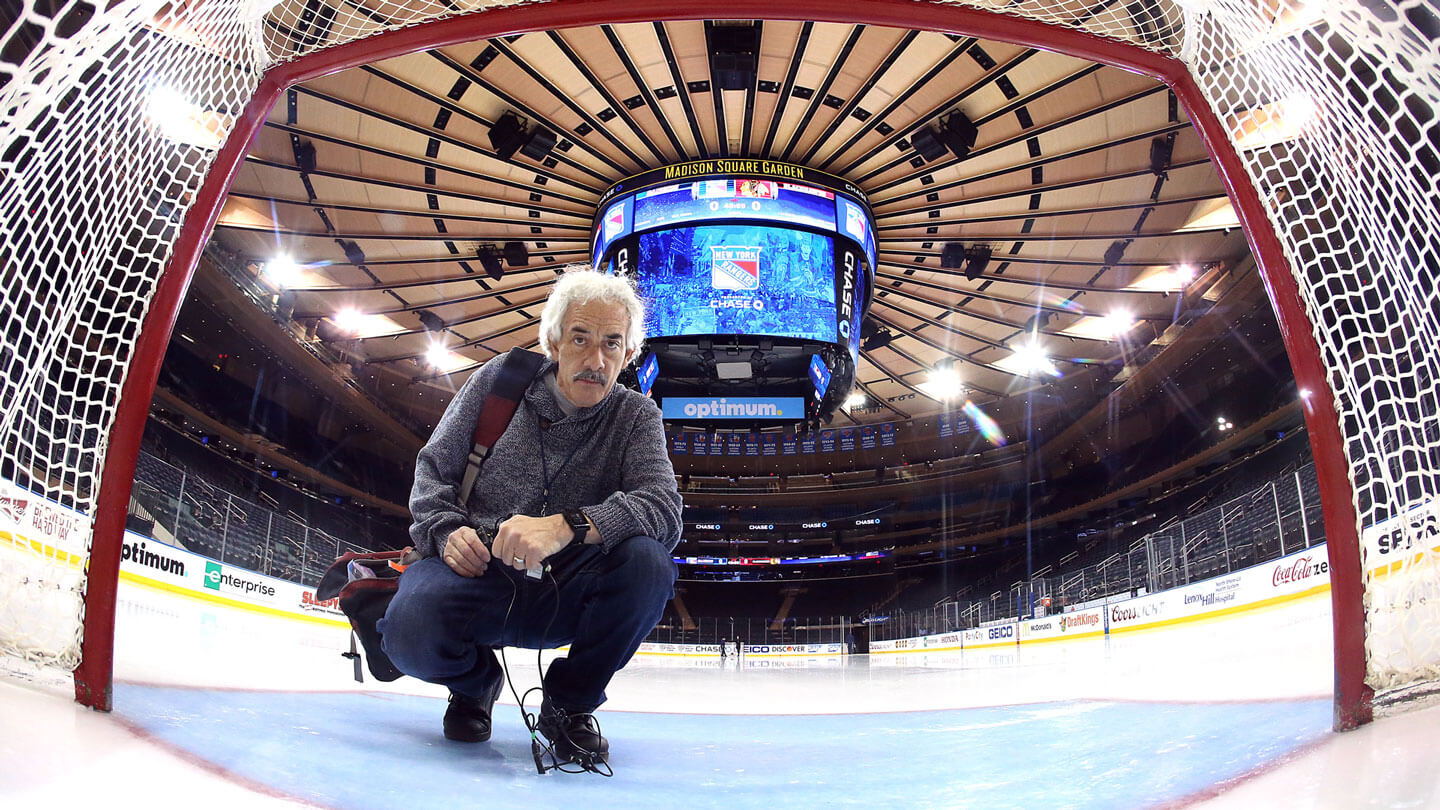
Bennett has always looked at photography as an art form to a degree, but more than many of the lifers, he also recognized it as a business early on. He will tell you the stereotype of a sideline photographer back in the ’70s and ’80s was pretty much in sharp focus: an anti-social misfit in an army jacket talking to himself if he spoke at all, with his worldly possessions dangling from his neck and every pocket stuffed with lenses, rolls of film, receipts and half-eaten sandwiches. “Technically, the difference between me and other photographers is minimal,” Bennett says. “I struck up conversations with reporters to find out who might be in the market for photos. I was able to get ahead because I understood that it was a business. I networked to find jobs and I knew from my training [in accounting] how to run a business.”
While Bennett’s timing was good, he came on the scene just when a new challenge emerged for photographers searching for iconic hockey images: the growing number of players wearing helmets. It might seem like a small point, but try throwing a bucket on Michelangelo’s “David.” “I like to say that the key to a great photo is a player’s eyes, but there was something about the old photos where you could see the full faces, the sweat on the brow, the messy hair,” Bennett says.
While the risks of injury on the sidelines aren’t anything like those on the ice, hockey photography is likely the most dangerous job in the media and Bennett often could have used a helmet of his own. There was the night he was parked in the Rangers’ penalty box and took a slapshot full force that broke two ribs, or the night a puck parted his scalp for a dozen stitches. “I’m like a lot [of hockey photographers] when it comes to suffering for my art,” he says.
Bennett and other photographers also had to work within a lot of technical and practical constraints. Some great moments that got away still haunt him. “You basically had one roll of film for each period back in the ’80s,” he says. “I was working the night of the famous incident [when] Mike Milbury left the Bruins bench and went into the crowd and started hitting a fan with his own shoe.
“That happened so late in the third period that I had only five or six shots left in the roll. I got maybe four good shots, but it was something I wish I’d had more left to work with.”
The negatives of Milbury weaponizing a loafer these days reside in a windowless room on the 12th floor of a building on Wilshire Blvd. in Los Angeles — Bennett’s archive at Getty. They have no shortage of company there; Bennett’s best guess being that there are “a couple of million” negatives in binders and files held together by rubber bands. Add to that almost innumerable photographs that were shot with digital equipment. These represent the life and work of the guy who started out as a three-bucks-a-shot freelancer, worked for a good long stretch as a team photographer (in order, for the Islanders, the Flyers, the Devils and the Rangers) and sold his vast back catalogue and ongoing services to Getty in 2004. To his mind, the sale not only improved his lot on a day-to-day basis but has in fact extended his career.
Bennett’s original archive was in a 20-by-50-foot room in Farmingdale, N.Y., but when Getty bought out his business, the movers loaded up the contents and reconstructed it, each piece in place, first in Manhattan and then again in L.A. about five years back. On the west coast, Bennett’s shots can best be preserved and digitalized. About 180,000 have been scanned so far; cleaned up with Photoshop where necessary — something the company could offer that Bennett may never have had the time and spare bandwidth to take on.
Bennett is not on-site but the archive is not out of mind. Sometimes the archivists will get a request for a photo from the dusty past and find themselves stymied in attempts to root through the files. On those occasions, they call Bennett. “Sometimes off the top of my head I’ll say, ‘Yeah, I know I shot that guy. It’s just a matter of whether it was black-and-white or was colour,’ and tell them where to go and find it.”
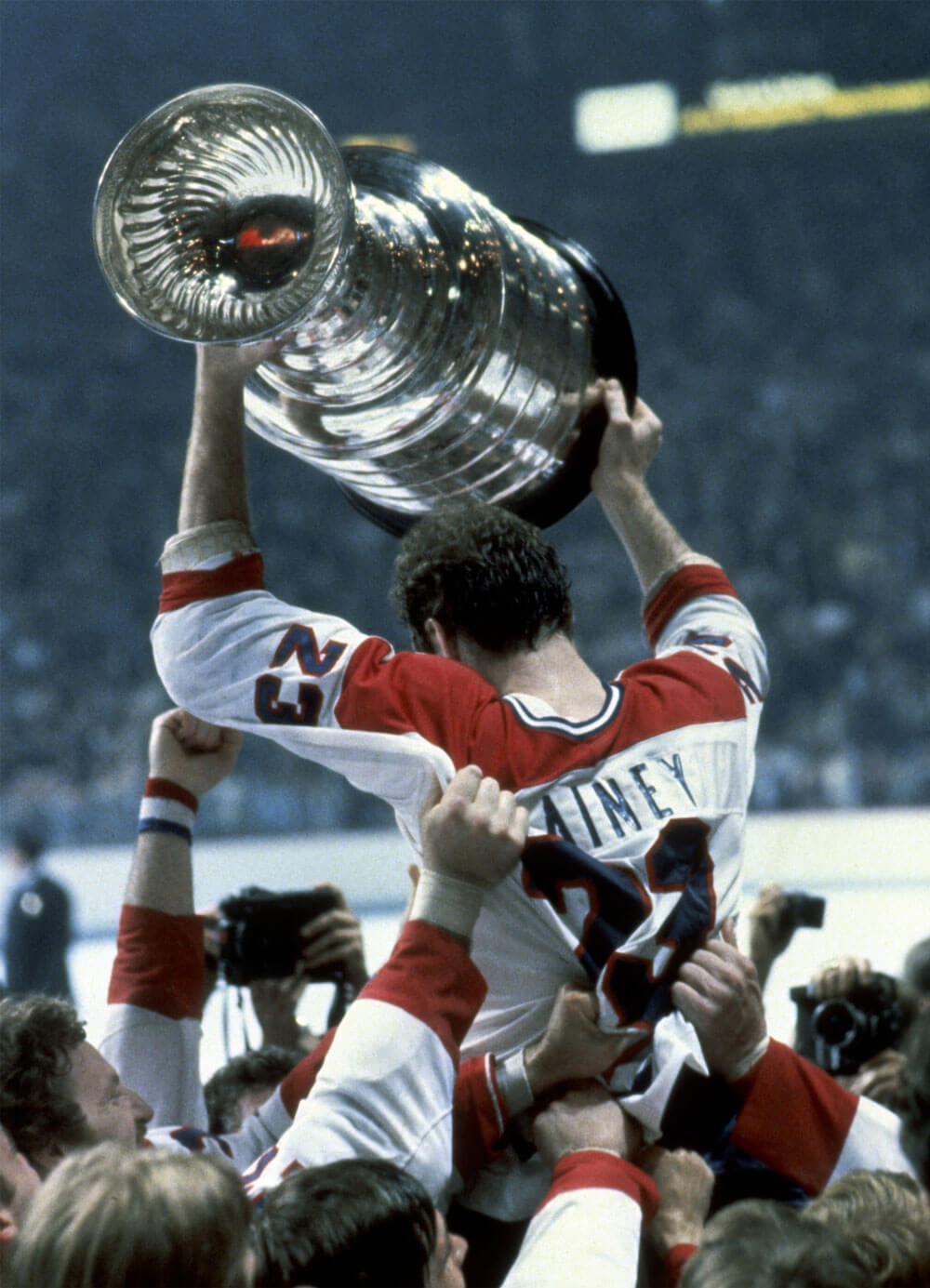
Bennett has no doubt what was his most fretful moment in the immediate wake of a Final. It was in 1979 at the Montreal Forum, the Canadiens brushing aside the Rangers. “I was excited to be working that Final,” he says. “I was still a pretty young guy, learning as I was going along and, in retrospect, I was not as well prepared as I could have been.”
More to the point, he wasn’t familiar at all to the Forum’s security guards, who turned away Bennett and another photographer while waving local shooters onto the ice. Thus, while the Cup was being presented to retiring Canadiens captain Yvan Cournoyer, while the Conn Smythe was being handed to Bob Gainey, the two out-of-towners were running around the wrong side of the boards, trying to find a member of security who would honour their press passes. They reached one overwhelmed guard and rushed to either side of him. He chose to hold back Bennett, a natural welterweight. Bennett ran another half-lap of the ice and this time found a guard with a sympathetic ear. Awful minutes had passed while he was shut out. Scrambling furiously in the tumult, desperately playing catchup, he machine-gunned shots with the motor drive on his Nikon F. Back in those days, photographers couldn’t know what they had come away with until they emerged from the darkroom — a player might have skated into the frame at the last moment, a shot could be under- or overexposed or out of focus. When he flipped the lights back on in the makeshift darkroom he’d put together in his hotel room, Bennett couldn’t help but think what might have been.
“The photo that year that I got was Bob Gainey on the shoulders of his teammates … from Gainey’s back. So [the editors at The Hockey News] were disappointed in having a picture of the back of Bob Gainey and they ended up using the photo from Denis Brodeur, who knew all the security guards at the arena and was obviously able to get right on the ice.”
In the immediate wake of that series, Bennett came away feeling like the Rangers moving down the handshake line — second best for the night. This, though, was an example of the test of time. He may have been able, even then, to see his work later on the same night he captured it. The shot of Gainey, however, is an exception: It’s as if the image took years to develop. Decades even. Some fans will remember it distinctly. Others will think only that it looks kind of familiar. Everyone is transported. “I’m very proud of it,” Bennett says. “It’s a piece of hockey history, one that’s very meaningful to me. A bit of a contrast from the gut feeling I had when things were going sideways. That shot of Bob Gainey on his teammates’ shoulders has sold many times and it’s become a symbol of how hard it is to win a Stanley Cup — the team, the collective spirit and camaraderie necessary to win a Stanley Cup.”
And, to the man who pulled the roll of film out of the back of his camera that night, it’s an enduring reminder to introduce himself to the arena security guards before any game when the Cup might get hoisted.

